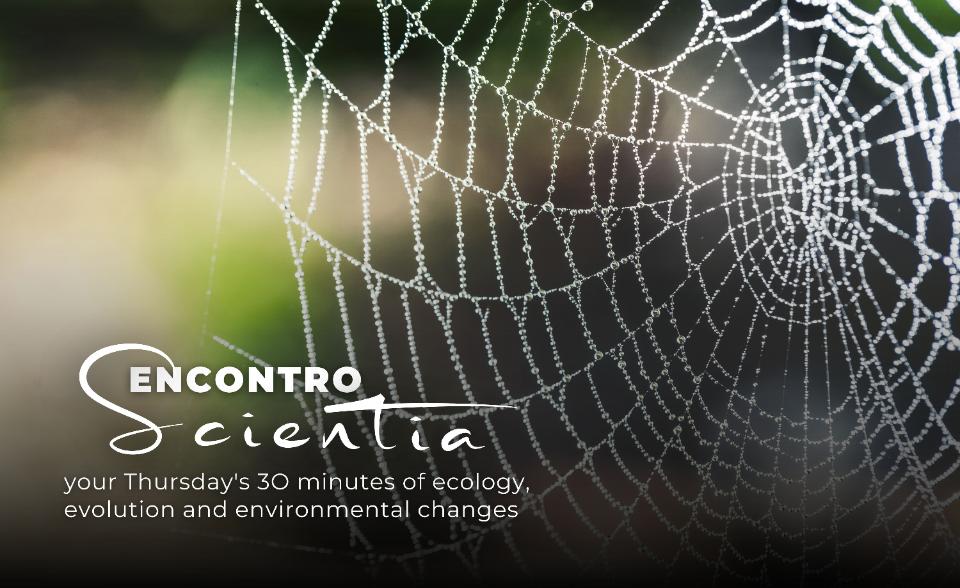-
Date:
06 Jun 2024
-
Location:
Online
-
Schedule:
12h00 (Lisbon time)
-
Lecturer or Responsible:
Guilherme Oyarzabal da Silva

Online access • LINK
Password • scientia
Human activities drive ecological transformation, impacting island ecosystems through habitat degradation and invasive species. Using two unique long-term datasets, we evaluated whether species traits (body size, trophic level, dispersal capacity, and habitat occupancy) can predict temporal variations in the abundance of endemic, native non-endemic, and exotic arthropods in the Azores Islands.
We found body size to be crucial in predicting arthropod abundance trends. Small-bodied herbivorous arthropods decreased abundance, while large-bodied indigenous arthropods increased, particularly in well-preserved areas. Large-bodied exotic arthropods increased abundance across the archipelago. Endemic canopy dwellers increased, whereas endemic ground-dwellers decreased in abundance. Exotic arthropods showed the opposite trend, increasing on the ground and decreasing abundance in the canopy. Habitat influenced spider abundance trends: endemic spiders in natural habitats declined, while exotic spiders increased.
Our study highlights the importance of arthropod species traits in predicting abundance changes and the need for monitoring species communities. Conservation efforts should extend beyond endangered species to protect non-threatened ones, given the heightened extinction risk even common species face on islands. Monitoring and restoration programs are essential for preserving island ecosystems and safeguarding endemic arthropod populations.

